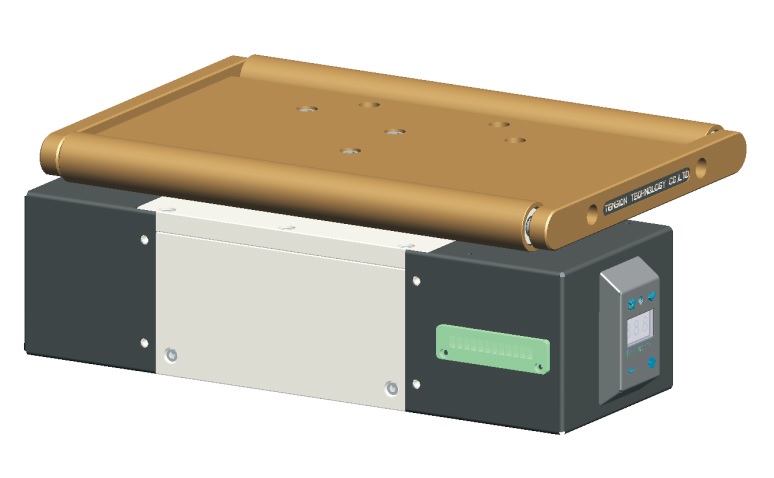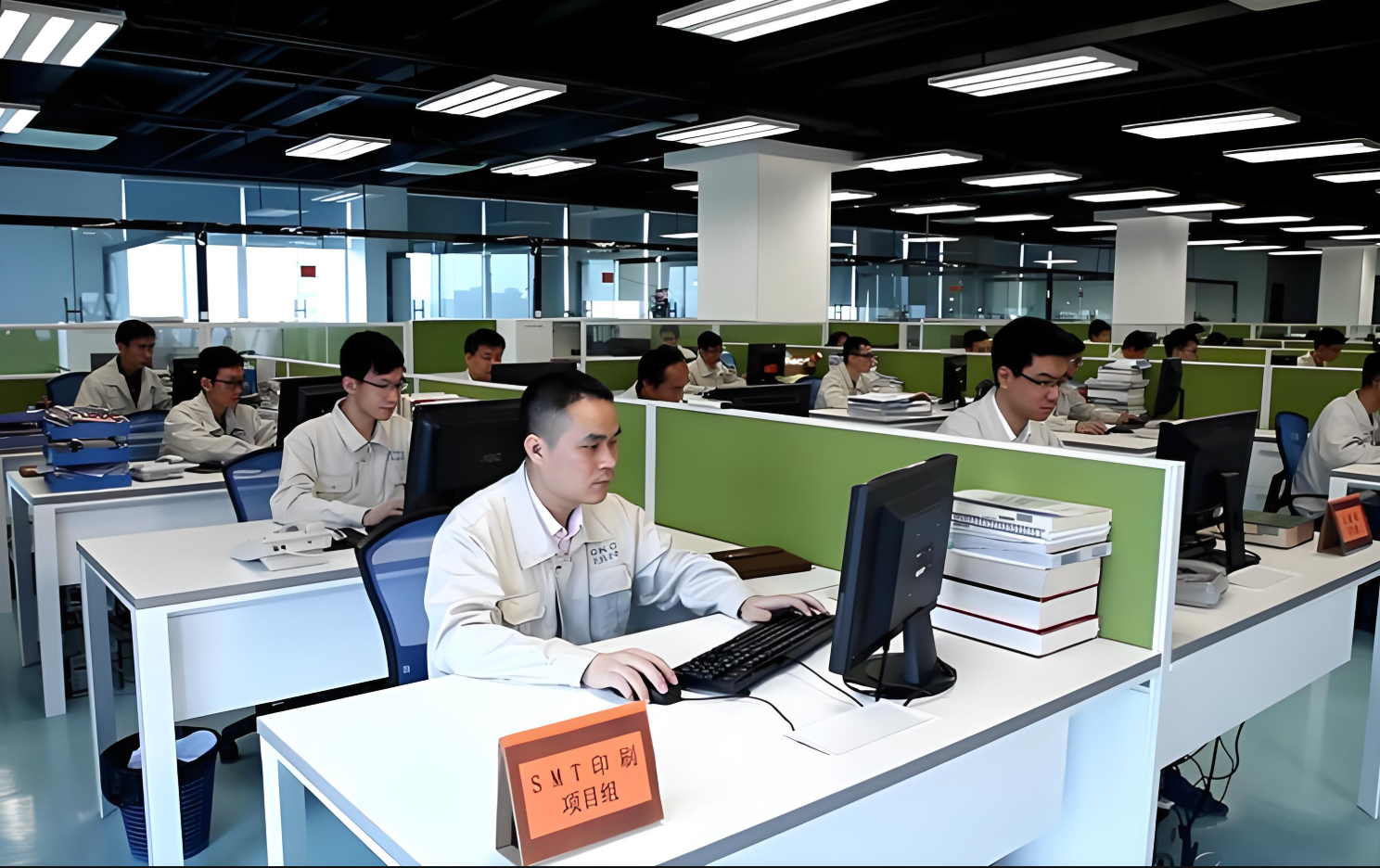🔍 Unlocking Peak Performance The Ultimate Guide to Pull-Out Torque Curve Evaluation 🚀
In Cable Winding -stakes world of industrial machinery and electric motor design, one metric stands above the rest when it comes to predicting real-world performance: **the pull-out torque curve**. Often overshadowed by flashy specs like maximum RPM or horsepower, this unassuming graph holds the key to optimizing efficiency, preventing system failures, and squeezing every ounce of capability from your equipment. Let’s dive deep into why engineers are calling torque curve analysis the “secret sauce” of mechanical optimization. —– **Why Torque Curves Matter More Than You Think** Imagine two motors with identical peak torque ratings. Motor A fails under load while Motor B hums along smoothly. coil winder tensioner ? Their pull-out torque curves—the roadmap showing how torque behaves across operational speeds. This curve reveals critical insights: – Hidden stress points where systems might falter – Efficiency “sweet spots” for energy savings – Compatibility with variable load applications A recent study by the Global Engineering Consortium found that 73% of premature motor failures could be traced to inadequate torque curve analysis during the specification phase. —– **Decoding the Graph: A Visual Journey** Let’s break down a typical pull-out torque curve: 1. **Start-Up Zone (0-30% max speed)** The steep climb where motors prove their mettle. Look for a smooth ascent without oscillations—the hallmark of robust rotor design. 2. **Mid-Range Plateau (30-80% speed)** This “workhorse” region determines operational stability. Wide plateaus indicate flexibility for load fluctuations. 3. **Peak Performance Spike** Not just about maximum numbers—the shape of this spike predicts thermal stress. Steep drops post-peak often signal cooling system limitations. Case Study: When a German wind turbine manufacturer analyzed their torque curves, they discovered a 12% energy loss during mid-range operation. Retuning their magnetic alignment extended component life by 18 months. —– **Next-Gen Evaluation Techniques** Gone are the days of static lab tests. Modern assessment combines: – AI-driven dynamic load simulation – Real-time thermal imaging overlays – Material fatigue prediction algorithms The new ISO 21800-3 standard now requires torque curve validation under 17 different environmental conditions—from Arctic cold to desert heat. —– **Five Hidden Benefits You’re Missing** 1. Predictive Maintenance: Spot bearing wear patterns before vibrations occur 2. Energy Arbitrage: Schedule high-torque operations during off-peak hours 3. Supply Chain Optimization: Match components using torque compatibility matrices 4. Warranty Leverage: Use curve deviations to validate claims 5. Sustainability Gains: Reduce carbon footprint through precision tuning —– **The Human Factor in Automated Systems** While automated analysis tools abound, seasoned engineers spot what algorithms miss. One automotive OEM saved $4M annually by recognizing subtle curve anomalies that indicated supplier quality drift—issues that slipped past their AI systems. 
 —– **Future Trends: Where Torque Meets IoT** Emerging solutions are revolutionizing evaluation: – Wireless torque sensors with 0.01% accuracy – Blockchain-secured performance logs – Augmented reality overlays for field technicians – Quantum computing models predicting decade-long wear patterns —– **Actionable Steps for Immediate Impact** 1. Conduct a torque curve audit of critical systems 2. https://www.webwiki.nl/www.validynamics.com/ with smart sensors 3. Train cross-functional teams in curve interpretation 4. Redesign maintenance schedules around torque data 5. Negotiate supplier contracts based on curve compliance —– As industries push toward extreme precision, pull-out torque curve evaluation evolves from nice-to-have to non-negotiable. Whether you’re designing Mars rovers or coffee grinders, understanding this fundamental performance fingerprint separates industry leaders from the pack. The question isn’t whether you can afford advanced torque analysis—it’s whether you can survive without it. Pro Tip: Start small. Analyze one critical system this week. The insights might just rewrite your maintenance playbook. 🛠️📈 —– [Callout Box] Torque Truth: A 5% improvement in curve stability can yield 23% longer bearing life (Source: International Journal of Mechanical Sciences) [Closing Visual] 🔧 → 📊 → 💡 → 💰 From wrench time to bottom-line gains—the torque curve connection.
—– **Future Trends: Where Torque Meets IoT** Emerging solutions are revolutionizing evaluation: – Wireless torque sensors with 0.01% accuracy – Blockchain-secured performance logs – Augmented reality overlays for field technicians – Quantum computing models predicting decade-long wear patterns —– **Actionable Steps for Immediate Impact** 1. Conduct a torque curve audit of critical systems 2. https://www.webwiki.nl/www.validynamics.com/ with smart sensors 3. Train cross-functional teams in curve interpretation 4. Redesign maintenance schedules around torque data 5. Negotiate supplier contracts based on curve compliance —– As industries push toward extreme precision, pull-out torque curve evaluation evolves from nice-to-have to non-negotiable. Whether you’re designing Mars rovers or coffee grinders, understanding this fundamental performance fingerprint separates industry leaders from the pack. The question isn’t whether you can afford advanced torque analysis—it’s whether you can survive without it. Pro Tip: Start small. Analyze one critical system this week. The insights might just rewrite your maintenance playbook. 🛠️📈 —– [Callout Box] Torque Truth: A 5% improvement in curve stability can yield 23% longer bearing life (Source: International Journal of Mechanical Sciences) [Closing Visual] 🔧 → 📊 → 💡 → 💰 From wrench time to bottom-line gains—the torque curve connection.